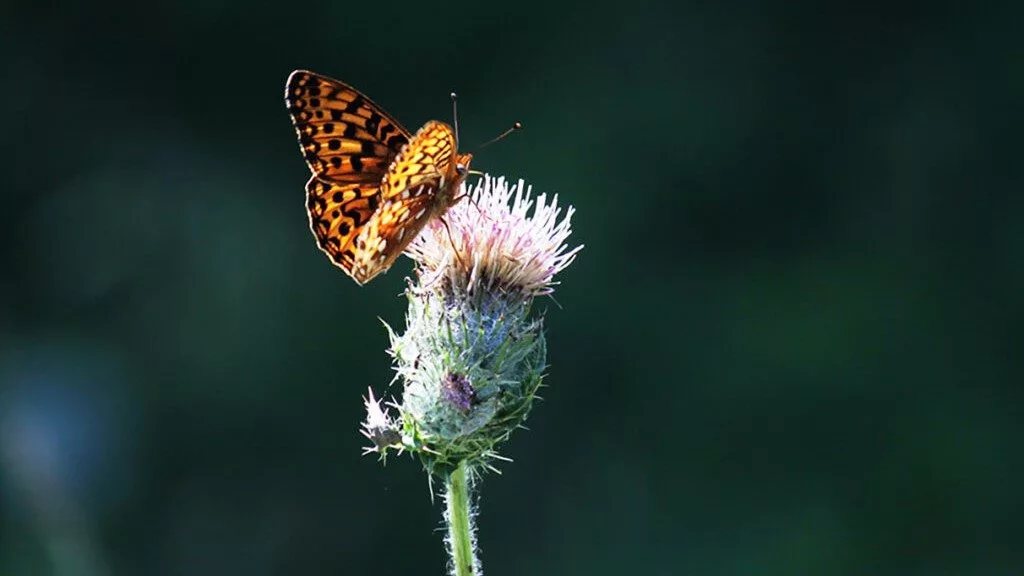VANCOUVER, WA – Butterfly populations are declining across the United States at an alarming rate, a new study has found.
“This is the most comprehensive assessment of U.S. butterfly population trends ever undertaken,” said Cheryl Schultz, professor of conservation biology at Washington State University’s Vancouver campus and senior author of the new study that published Thursday in the journal Science. “It gives us a clear picture of the extent of declines and the need to act quickly across all parts of our landscape.”
In addition to dramatic declines for individual species, the study concluded that total abundance of butterflies has declined by 22% from 2000 to 2020. That means that for every five butterflies seen 20 years ago, now there are only four.
Declines were present across all butterfly families, from the little-known sandhill skipper butterfly to more wide-spread species like the American lady butterfly.
While a number of studies have previously showed regional butterfly declines, this is the most complete — and concerning — picture of the status of U.S. butterflies. The study found ten times as many declining species as increasing species. 107 species declined by more than 50%, and 22 species declined by more than 90%.
“Our study found that the total number of butterflies declined by 1.3% a year. That may not sound like much, but it adds up quickly, and it means we’ve lost more than 20% of butterflies in just 20 years,” said Collin Edwards, a former WSU postdoctoral scholar and lead author of the study. “This is a wake-up call for the need to conserve butterflies and their habitat.”
Although overall the news is alarming, some butterfly species had increasing populations. Almost a quarter of the species assessed, including the gulf fritillary, were increasing in at least one part of their range, with nine species increasing across their entire range.
Previous research has pinpointed pesticide use, habitat loss, and climate change as the major causes of butterfly declines. Ensuring that host plants for caterpillars and nectar plants for adults are available throughout the entire growing season can help stabilize and improve the chances of butterfly populations bouncing back, as can protecting the spaces butterflies use from pesticides. Access to high quality, pesticide free habitat can help butterflies and other pollinators be more resilient to climate change. Managing areas to increase habitat can help declining butterfly populations.
“Butterflies need host plants on which to lay eggs, wildflowers on which to feed, a refuge from pesticides, and sites to overwinter,” said Scott Black, director of the Xerces Society and study co-author. “There is hope for these animals if we focus on providing habitat for butterflies across all landscapes, from cities and towns to agricultural lands to natural areas.”
The study was completed by the Status of Butterflies in the U.S. working group, which formed to bring together all available butterfly monitoring datasets and develop a picture of the health of butterfly populations across the contiguous United States. Nearly two dozen researchers participated in the working group, hosted by the U.S. Fish and Wildlife Service Center for Pollinator Conservation and U.S. Geological Survey John Wesley Powell Center for Analysis and Synthesis.





